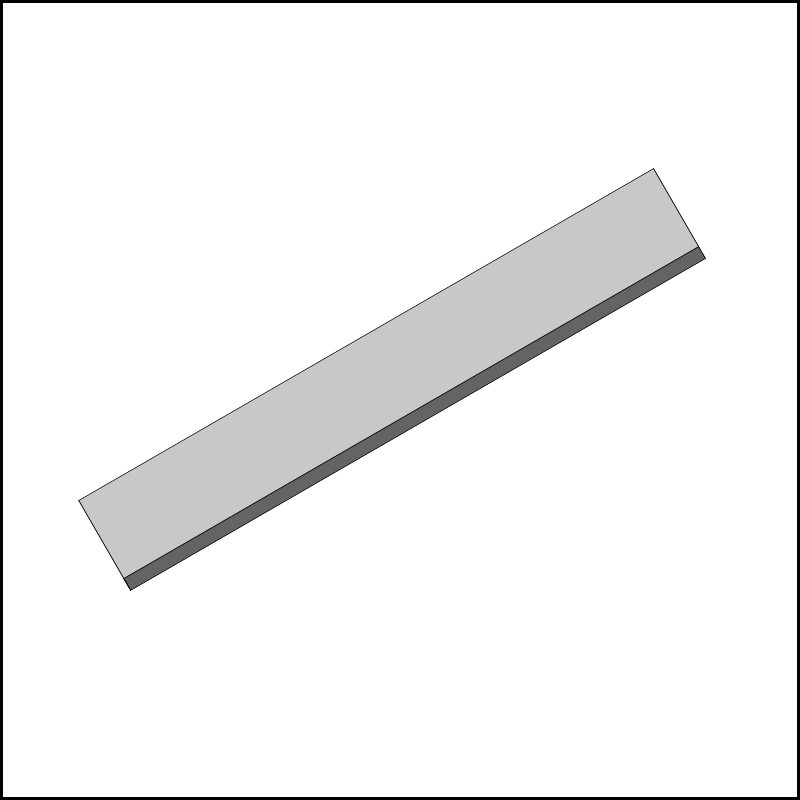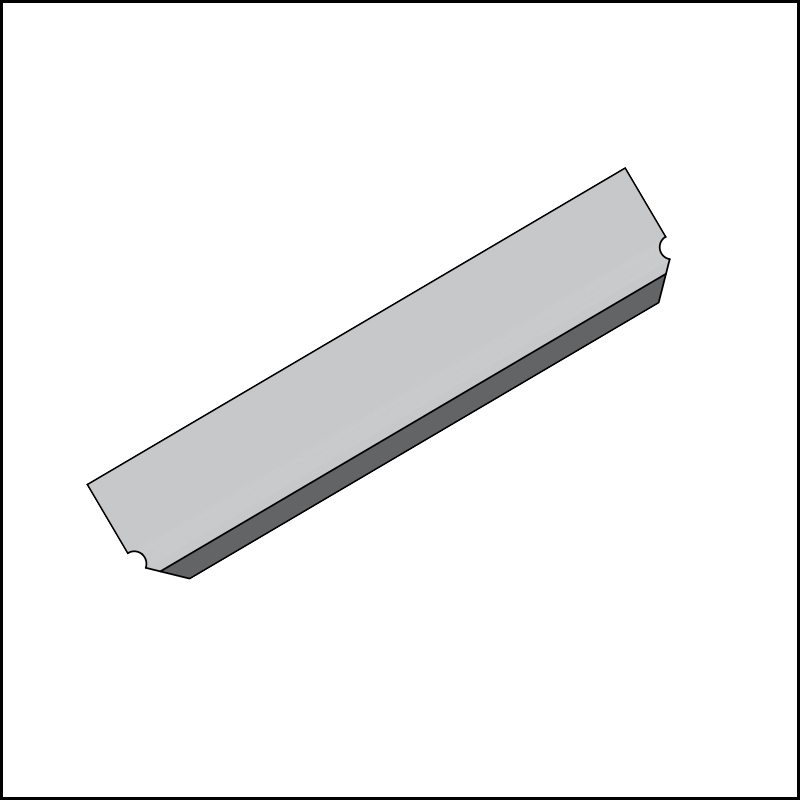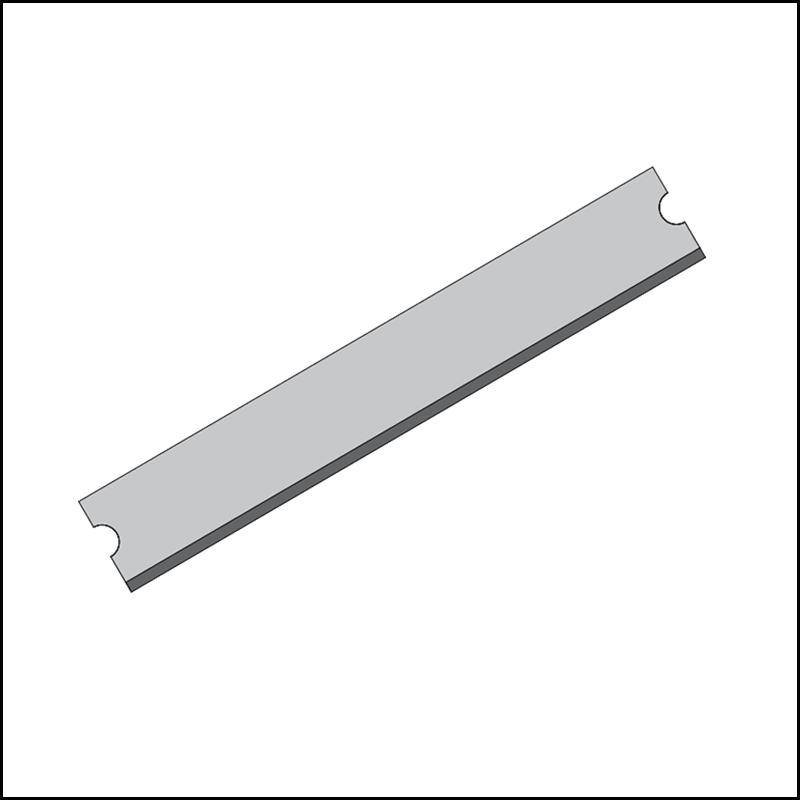- Home
- >
- News
- >
- Technical News
- >
- How Metallographic Analysis Powers Precision Cutting Performance
How Metallographic Analysis Powers Precision Cutting Performance
Unlock Blade Excellence: How Metallographic Analysis Powers Precision Cutting Performance
For industrial blade manufacturers navigating razor-thin margins and zero-defect demands, microscopic imperfections in metal structure spell disaster. Our metallographic analysis transforms blade quality control from guesswork into science – revealing truths hidden beneath the surface.
Why Metallurgy Matters: The Invisible Drivers of Blade Failure
When your toothed blades (like A75-30-1.5) shear through abrasive materials or slotted foil blades (A57-19-0.4) process delicate films at micron precision, three invisible factors dictate success:
| Microstructural Element | Performance Impact | Failure Risk |
|---|---|---|
| Grain Size Distribution | Determines wear resistance & fracture toughness | Premature tooth chipping in serrated blades |
| Carbide Precipitation | Controls edge retention & hardness | Catastrophic foil blade fracture at 0.4mm thickness |
| Coating Adhesion | Prevents delamination in harsh environments | Separation of PVD layers causing contamination |
For ultra-thin 3-hole foil blades (A60/A43-22-0.2), a single subsurface inclusion can propagate cracks across the entire cutting edge within hours.
Our Analytical Arsenal: Decoding Metal Secrets
1. Grain Structure Intelligence
Using ASTM E112 standards, we map crystalline networks with nanoscale precision:
Thermal History Verification: Validate heat treatment effectiveness for meat skinner blades (A398-20-1) – critical for corrosion resistance
Grain Boundary Control: Optimize A75 saw blades’ 30mm tooth spacing to prevent stress fractures
Automated ASTM Rating: AI-powered grain size classification at 99.7% accuracy
2. Phase Composition Analysis
Through advanced etching and SEM-EDS:
Carbide Distribution: Quantify VC/NbC precipitates in A60 foil blades to prevent micro-chipping
Coating Integrity: Measure TiN/TiAlN layer fusion depth (±0.05μm) on slotted hole blades
Decarburization Detection: Identify surface carbon loss in heat-treated A43 blades
3. Wear & Fatigue Forensics
Post-operation blade autopsies reveal:
Adhesive Wear Mechanisms: Material transfer patterns on meat processing blades
Thermal Overload Evidence: Phase transformations in overheated foil cutters
Fatigue Crack Origins: Subsurface initiation points in tooth roots of serrated blades
Industry-Specific Application Cases
Case Study: Extending Foil Blade Life by 200%
Problem: A43 blades (22mm/0.2mm) failed after 12hrs due to edge crumbling
Metallurgical Findings: Cr23C6 carbide clusters at grain boundaries creating stress concentrators
Solution: Modified austenitizing temperature + accelerated quenching
Result: 0.002mm carbide dispersion improvement; 36+ hour continuous operation
Technical Validation Protocol
Sectioning: Precision cutting under coolant to prevent thermal alteration
Mounting: Vacuum-impregnated epoxy preservation of fragile edges
Polishing: Diamond suspension progression to mirror finish (Ra<0.01μm)
Imaging: 1000x microscopy with digital image correlation
For A398 meat blades, we replicate slaughterhouse conditions in corrosion testing chambers to accelerate failure analysis.
Material Innovation Drivers
Our labs partner with blade engineers to pioneer:
Gradient Alloy Design: Progressive hardness from core to edge (HRC45→68)
Nanocomposite Coatings: AlCrN+SiN layers for non-stick foil processing
Fatigue-Resistant Microstructures: Equiaxed grain networks with controlled texture
Transform Your Blade Performance
While product images show blade geometry (like the 800x800 catalog shots here), our metallurgical insights reveal the true engineering beneath the surface. We provide manufacturers with:
Digital metallurgical passports for every batch
Customized failure mode libraries
Heat treatment optimization protocols
ASTM-compliant test certifications
Google SEO Keywords:
Metallographic analysis of industrial blades
Blade microstructure testing
Cutting tool failure analysis
Carbide distribution in steel blades
Precision blade metallurgy



